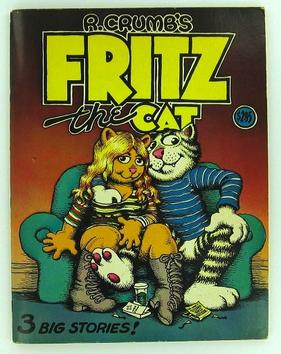HEY YOU!
Are you tired of reading those regular, old, ordinary memoirs?
Look no further! We have JUST the thing for you: a graphic memoir!
“A graphic memoir?!” You ask. “What’s that?!”
Well, a graphic memoir starts off just like any other memoir: it’s a personal account describing a significant part of the author’s life. But wait- there’s more! A graphic memoir is chalk-full of PICTURES! That’s right. The author tells its readers a great deal of important information through pictures, rather than using those boring old words.
Alison Bechdel’s National Bestseller “Fun Home” manifests the saying, “pictures speak louder than words!” (Isn’t that the one??)
#1. (PAGE 107) Bechdel draws herself doing a “double take”:
Would you rather read something like this:
Or look at a picture like this:
#2. (PAGE 97 & 75) Bechdel subtly sets the mood of her era:
Would you rather read something like this:
Would you rather read something like this:
We listened to The Seekers on the radio. Those big spheric chairs were popular.
Would you rather read something like this:
#4. (190) Some things are much easier to describe with a picture than with words.
Would you rather read something like this:
Or look at a picture like this:

#5. She juxtaposes what she was thinking with what she was actually saying.
Would you rather read something like this:
You look at the examples, folks! And tell me which memoir you would rather read...
















